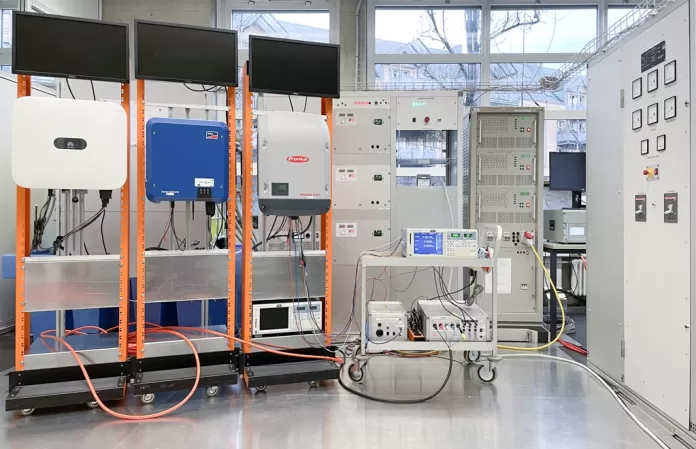Bern University of Applied Sciences researchers surveyed home inverter “time to failure” (TTF) online. 34.3% of gadgets failed after 15 years.
“This failure rate is tolerable, even good,” researcher Christof Bucher told pv magazine. One expects a PV system’s inverter needs be changed once.
Fronius, Huawei, Kostal, SMA, SolarEdge, and Sputnik inverters are surveyed. Since the gadgets were acquired years ago, the scientists argued they are not indicative of the current PV market.
“This investigation examined early 1990s inverters,” they added.
1,195 PV systems, 2,121 inverters, and 8,542 optimizers were surveyed. Most of these systems’ inverters were 10–15 kVA.
“A substantial portion of the data was obtained with the help of persons who know the history of the PV systems well,” the scientists said. Incomplete, unanalyzable data records were discarded. “The poll allowed respondents to remark on technical data.”
The study group employed the Kaplan-Meier estimator, which estimates the survival function from data that are censored, truncated, or missing values, to examine the TTF. The survival curve displays the population’s survival rate over time.
The researchers indicated that the Kaplan-Meier estimator may be tweaked for several affecting parameters, such as commissioning year, inverter manufacturer, and nominal power ratio.
The expert stated the survival curve evaluates how many inverters are still under observation in the corresponding year of operation. That could predict when a certain percentage of inverters would fail.
“However, because relatively limited data is available for aged inverters, the uncertainty in the survival curve grows with increasing inverter life,” noted the experts.
By their 15th year, almost 65% of inverters had no yield-relevant issues. Outdoor installations had shorter TTF rates, according to research. Reducing power electronic components increases inverter dependability. According to scientists, power optimizers cause inverters to fail sooner.
“This analysis represents a large, albeit not typical, cross-section of inverters and optimizers used in PV systems on buildings in Switzerland and Europe,” they said.
The researchers noted the causes of failures and flaws were not fully captured when they announced the survey in July. Their findings validated “the rule of thumb that inverters should work without issues for roughly 15 years,” they stated.
The research study will expand to additional systems through 2025.





